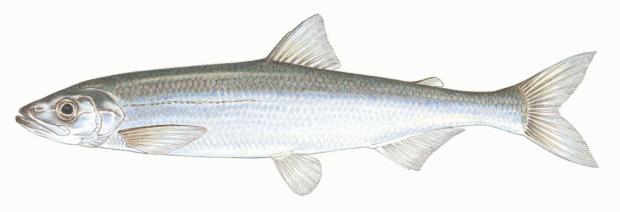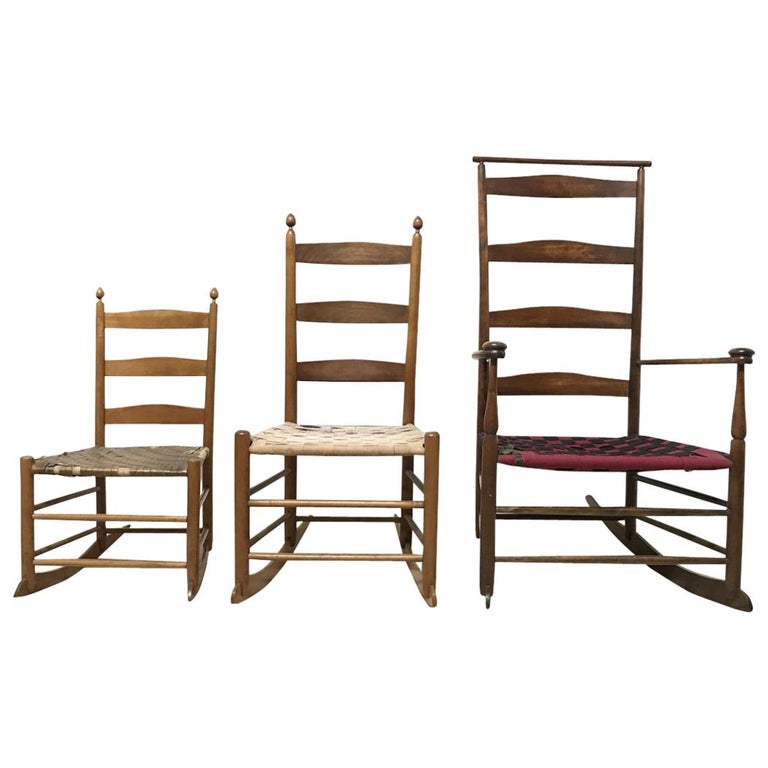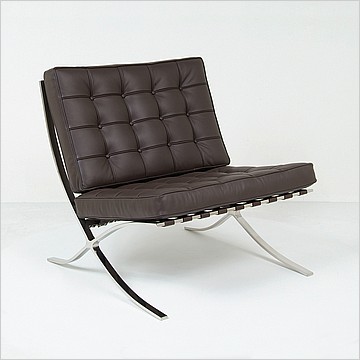I hope you all have very happy winter breaks; I'm not going to be able to be back before the break begins. You will be in good hands with Ms. Gotch and Mr. Winn.
Today's lesson has three parts:
1) Whole class reading of a Portland Tribune Article called Skilled trade jobs pay more. But young prefer service work
As you read this article as a class, you will answer several questions in your notebook. These notes should follow the section reserved for the toy project.
What is the main claim that the author makes?
What are three (or more things that you didn't know before you read this article?
What is one (or more) thing that you learned that you think would surprise most of your friends?
Why do you think many young people prefer lower paying service work?
Would you prefer lower paying service work of a skilled job in the trades? Why? Has taken woodworking affected your thoughts on this?
2) You will view the Maucks.com videos on Safer Table Saw Operations. If you successfully focus on the following questions, you are likely to pass the table saw test.
A reference surface is a thing such as a table or a fence. On a bandsaw you only need ONE reference surface, the table, but you may use a fence on well. How is a table saw different?
What are causes of "kick back" on a table saw?
Which hip do you keep close to the saw? Why is this important?
When is a push stick used? When is it not used? Why would you not want to use a push stick?
1st Table Saw Basics
2nd Table Saw Precautions
3rd Table SawOperations
3) You will read an article from Fine Woodworking Magazine written by a professional woodworker about what he learned in his shop class 50 years ago and write a response.
Today's lesson has three parts:
1) Whole class reading of a Portland Tribune Article called Skilled trade jobs pay more. But young prefer service work
As you read this article as a class, you will answer several questions in your notebook. These notes should follow the section reserved for the toy project.
What is the main claim that the author makes?
What are three (or more things that you didn't know before you read this article?
What is one (or more) thing that you learned that you think would surprise most of your friends?
Why do you think many young people prefer lower paying service work?
Would you prefer lower paying service work of a skilled job in the trades? Why? Has taken woodworking affected your thoughts on this?
2) You will view the Maucks.com videos on Safer Table Saw Operations. If you successfully focus on the following questions, you are likely to pass the table saw test.
A reference surface is a thing such as a table or a fence. On a bandsaw you only need ONE reference surface, the table, but you may use a fence on well. How is a table saw different?
What are causes of "kick back" on a table saw?
Which hip do you keep close to the saw? Why is this important?
When is a push stick used? When is it not used? Why would you not want to use a push stick?
1st Table Saw Basics
2nd Table Saw Precautions
3rd Table SawOperations
3) You will read an article from Fine Woodworking Magazine written by a professional woodworker about what he learned in his shop class 50 years ago and write a response.



















































